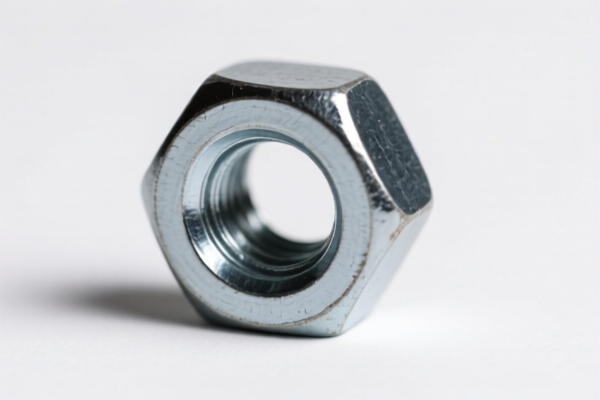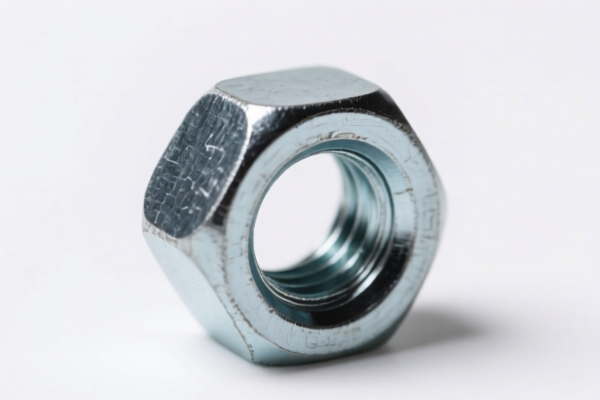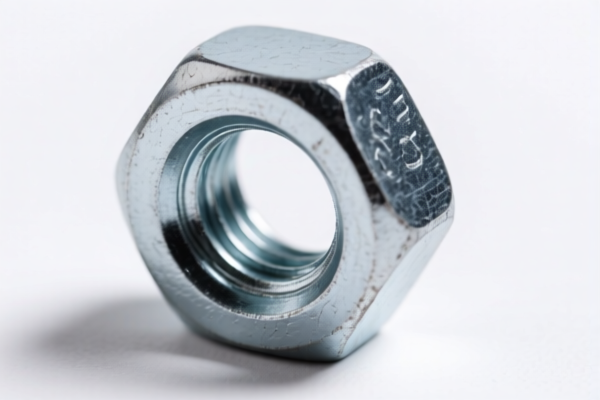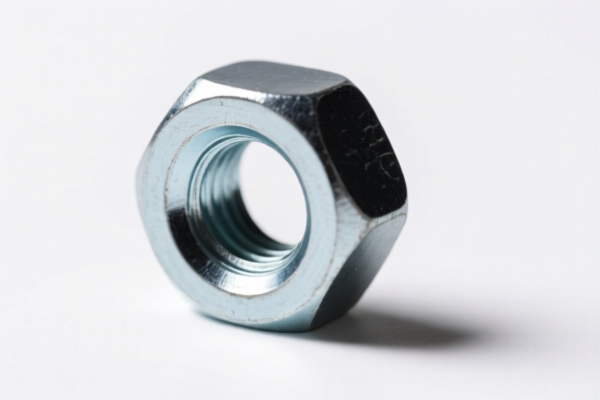| HS Code | Official Doc | Tariff Rate | Origin | Destination | Effective Date |
|---|---|---|---|---|---|
| 8481909085 | Doc | 80.0% | CN | US | 2025-05-12 |
| 8481909081 | Doc | 55.0% | CN | US | 2025-05-12 |
| 8487900080 | Doc | 83.9% | CN | US | 2025-05-12 |
| 8487900040 | Doc | 58.9% | CN | US | 2025-05-12 |
| 7318160060 | Doc | 62.5% | CN | US | 2025-05-12 |
| 7318160085 | Doc | 62.5% | CN | US | 2025-05-12 |




Flange Nut
A flange nut is a type of nut with a circular flange at one end. This flange provides a larger bearing surface than a standard nut, distributing the clamping force over a wider area. This design offers several advantages, particularly in applications requiring increased stability, reduced stress on the connected material, and improved load distribution.
Material
Flange nuts are commonly manufactured from:
- Steel: Carbon steel is frequently used for general-purpose applications. Alloy steels are employed when higher strength or corrosion resistance is needed.
- Stainless Steel: Provides excellent corrosion resistance, making it suitable for outdoor or harsh environments. Common grades include 304 and 316 stainless steel.
- Nylon: Used for applications where electrical insulation or vibration dampening is required.
- Other Alloys: Brass, bronze, and other specialized alloys can be used for specific applications.
Purpose
The primary purpose of a flange nut is to secure fasteners (bolts, screws, studs) to a surface, providing a strong and reliable connection. They are particularly useful when:
- Load Distribution is Critical: The wider flange area reduces the pressure on the connected material, preventing damage or deformation.
- Stability is Required: The larger surface area enhances stability and prevents loosening due to vibration or movement.
- Corrosion Resistance is Needed: Stainless steel flange nuts are ideal for outdoor or corrosive environments.
- Electrical Insulation is Necessary: Nylon flange nuts provide electrical isolation between connected components.
Function
Flange nuts function similarly to standard nuts, utilizing threads to grip the fastener and apply clamping force. However, the flange adds the following key functions:
- Increased Bearing Area: Distributes load over a larger surface, reducing stress concentration.
- Enhanced Stability: Provides a more secure connection, resisting loosening.
- Sealing Potential: The flange can create a sealing surface when used with a suitable washer, preventing leakage.
- Vibration Resistance: The larger surface area and increased clamping force improve resistance to vibration.
Usage Scenarios
- Automotive Industry: Securing exhaust systems, engine components, and other parts subject to vibration and heat.
- Construction: Used in structural applications, machinery mounting, and pipeline connections.
- Plumbing: Connecting pipes and fittings, providing a leak-proof seal.
- Machinery: Mounting equipment to frames and bases, ensuring stability and reducing vibration.
- Electrical Applications: Isolating electrical components and providing secure connections.
- Furniture Assembly: Providing a strong and stable connection for metal furniture frames.
Common Types
- Type 1 Flange Nut: Features a flat flange without teeth. Suitable for general-purpose applications.
- Type 2 Flange Nut: Features a serrated flange, providing increased grip and resistance to loosening.
- Type 3 Flange Nut: Features a flange with teeth on both sides, offering maximum grip and resistance to loosening.
- Nylon Lock Flange Nut: Features a nylon insert to create friction and prevent loosening.
- K-Lock Flange Nut: Features a slotted flange that deforms when tightened, providing a secure and vibration-resistant connection.
- Hex Flange Nut: A common shape, offering easy wrenching and a strong connection.
- Serrated Flange Nut: Features serrations on the flange for increased grip.
Flange nuts are a type of nut with a circular flange at one end, providing a larger bearing surface and increased stability. They are commonly used in applications requiring a secure and stable connection, such as automotive, plumbing, and construction. Based on the provided reference material, the following HS codes may be relevant:
- 7318160060: Screws, bolts, nuts, coach screws, screw hooks, rivets, cotters, cotter pins, washers (including spring washers) and similar articles, of iron or steel: Threaded articles: Nuts Other: Of stainless steel. This code applies to flange nuts made of stainless steel.
- 7318160085: Screws, bolts, nuts, coach screws, screw hooks, rivets, cotters, cotter pins, washers (including spring washers) and similar articles, of iron or steel: Threaded articles: Nuts Other: Other. This code applies to flange nuts made of iron or steel, excluding stainless steel.
Explanation of HS Code Structure:
- 73: This chapter covers articles of iron or steel.
- 18: This heading specifically covers screws, bolts, nuts, coach screws, screw hooks, rivets, cotters, cotter pins, washers and similar articles.
- 16: This subheading covers nuts.
- 00: This further specifies the type of nuts (e.g., threaded articles).
- 60/85: This indicates the material composition (stainless steel or other iron/steel).
Tariff Information:
Both HS codes 7318160060 and 7318160085 have a base tariff of 0.0%. However, they are subject to an additional tariff of 7.5%. As of April 2, 2025, the additional tariff will increase to 30%. Additionally, both codes are subject to a 25% additional tariff for steel and aluminum products.
Important Note:
Regarding HS codes 7318160060 and 7318160085, please note the need to verify the material composition (steel, stainless steel, or aluminum) as this will affect the applicable tariff rate. The total tariff rate for both codes is 62.5%.
Customer Reviews
No reviews yet.